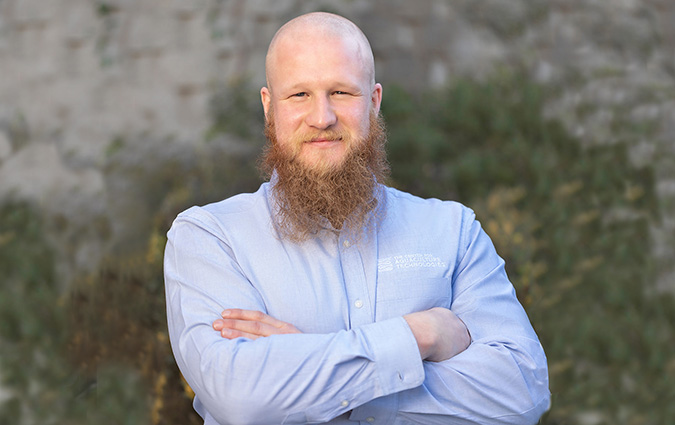
How to bring the pen to the tank — without compromising fish disease-research strength
In-tank studies remain the bedrock of research into aquaculture disease, but their design is changing to meet demands to replicate scenarios closer to field conditions, according to Mark Braceland, PhD, director of fish health at the Center for Aquaculture Technologies.
“I think some people can be cautious (of in-tank studies), primarily because of the difficulty in making them real-world applicable, but also potential worries about increased efficacy seen in tank-based studies compared to the field,” Braceland explained.
Yet field studies carried out on commercial fish farms also have their drawbacks, he said.
“In a farm-based setting it’s very difficult to have high replication in terms of pens. And it’s also difficult to not introduce scientific bias in terms of how we sample animals from those pens. Tanks allow us to have higher numbers of replications and also look at things over a whole population, or at least a higher percentage of the population.”
A challenge to highly controlled ideals
Completing studies in tanks is often necessary before a product can be brought to market, and they are also used to justify scaling up to field studies using thousands of fish. But can what happens in the field be made more predictable by replicating aspects of field scenarios in the more controlled conditions of tanks at research institutes?
“One of the things that we’ve done for such a long time in a scientific setting is to try and control everything we can, apart from the one key question we’re trying to ask,” he said.
Such a move may involve bringing some of the “chaos” of aquatic ecosystems indoors, he said, while noting that some questions remain about how exactly to achieve this.
“It would be nice to be able to do that, but one of the primary issues is that generally when we’re doing experimentation, we’d like things to be neat. Real-world chaos isn’t overly neat, but there’s been some really nice work through the industry in the last 5 years that has really started to show how you can do that, but in a sort of controlled manner, taking some of the key things that are risk factors for outbreaks, for instance, and then mimicking those field conditions.”
Managing multiple threats
The relationship between primary pathogens, which are at risk of outbreaks at a given time, and pathogens or parasites that can cause secondary stressors or infections is a key aspect that needs teasing out in fish-disease research.
“A change in approach can allow you to make it somewhat more real-world relevant. That might be using an infectious pathogen such as infectious salmon anemia virus (ISAV) but having sea lice present on those fish at the same time, and looking at how that may affect the efficacy of an ISAV vaccine, for instance.”
A current area of work for the Center for Aquaculture Technologies team is looking at infectious pancreatic necrosis in salmon using fish populations from Canada and Norway, challenged with virulent viruses from the same countries plus Scotland, both in freshwater and saltwater. An aspect of the work is exploring the resistance of various strains of fish from across the salmon-producing nations.
The researchers are also looking to mimic the effects of mechanical lice treatments before fish exposure to pathogens such as Tenacibaculum — a pathogen subject to a number of models run by the company in recent years.
Getting the numbers right
Power analysis — making sure sample sizes are adequate to detect effects of treatments — is crucial to any successful tank-based study, Braceland explained.
“We have to ensure that we have good power in our study, and that’s often something that’s quite overlooked. The issue with it is if it’s a brand new technology or product, often we can’t know what our potential percentage of reduction of whatever variable we’re measuring is,” he said.
He also notes the importance of looking after commitment to “the three R’s of animal research — reduction, replacement and refinement of the use of animals — while ensuring the significance of experiments stands up to scrutiny.
For Braceland, the benefits of refining a tried-and-tested research approach are clear to see.
“Rather than see the wood from the trees, tank-based studies allow us to differentiate the roots from the bark — to look at small parts of a complex problem,” he added.
“We hope that we can then put all that information together cumulatively to help improve the way that we farm animals.”






